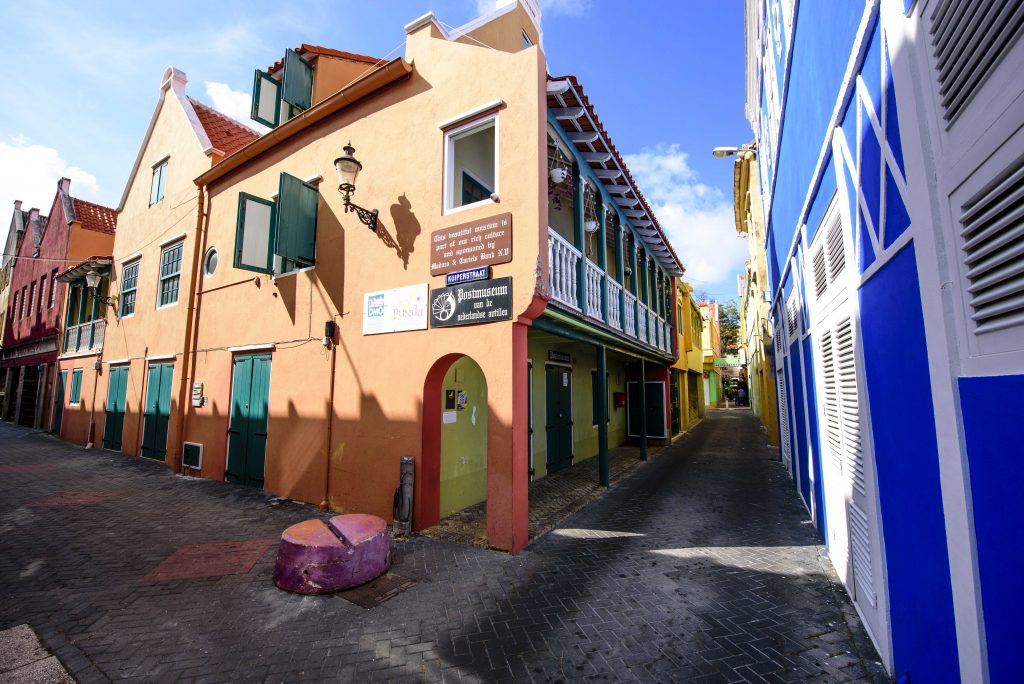
Post has always connected people all over the world. And the term ‘post’ has a long history, from smoke signals to the mailbox. It seems so obvious that the mail ends up in a letterbox, but to get it there lots need to happen. Due to digitization, the post has been physically reduced. Nowadays a lot of mail goes via the internet. There is nothing like a personal written birthday greeting or a love letter, the post, in any way, plays an indelible role in society both in the past and in the future.
The postal connection has always been important for Curaçao socially, economically and culturally. There was no faster way of communicating with other parts of the world than by exchanging mail. The post development came about after the arrival of the sailing and later steamships that came to the islands. In the Postal Museum of Curaçao is a permanent exhibition where you can see what the post and stamps meant for Curaçao and still mean. This museum is located in the oldest building of Punda, a gracefully restored wooden and stone building that dates back to 1693. The permanent collection consists of stamps and related objects of the Netherlands Antilles and Curacao in particular, such as old mailboxes, franking machines and scales.
Curaçao only came on 23 May 1873 with the first stamp with an image of King William III. Since then, Curaçao / the Netherlands Antilles has always issued stamps. All issued stamps of Curaçao, including error prints, can be seen in the Postal Museum. There is also a timeline in stamps of the social, cultural and economic development of Curaçao.
Physical mail has become less important in recent years because of the internet and all its possibilities. Nevertheless, new stamps are still issued by each country. Worldwide, millions of stamps have been issued. At the UPU (Union Postal Universal) established in 1865, all stamps issued in the world are registered and stored. Each country must become a member and members must send an equal number of countries that are members of the UPU to the UPU of every stamp that they issue. The UPU then sends those stamps to the members. In this way the countries know which stamps are ‘valid’ and that no supermarket stamp is used to send a package.
The collection of these UPU stamps, at least what has remained there over the years, has become the basis of the museum and draws the museum from this collection for exhibitions. The museum was established in 1993 after the Postmuseum Foundation had received permission from the then Minister of Transport and Transport to clean up the collection of UPU stamps that were still in storage. ‘Due to the tropical climate and improper storage, the collection was considerably affected and therefore largely unusable. However, what remained was sufficient to start the Postal Museum responsibly.
Over the years, the Postal Museum has let thousands of students and interested people take a look at the world of mail and stamp. A world that is so self-evident in our time, but whose importance is not always realized.
The Postal Museum, managed by four volunteers, who also give tours and information, is open from 10 a.m. to 4 p.m. from Tuesday to Friday and can be found at the Kaya Toni Prince in Punda, near Plaza Jojo Correa, tel. 4658010